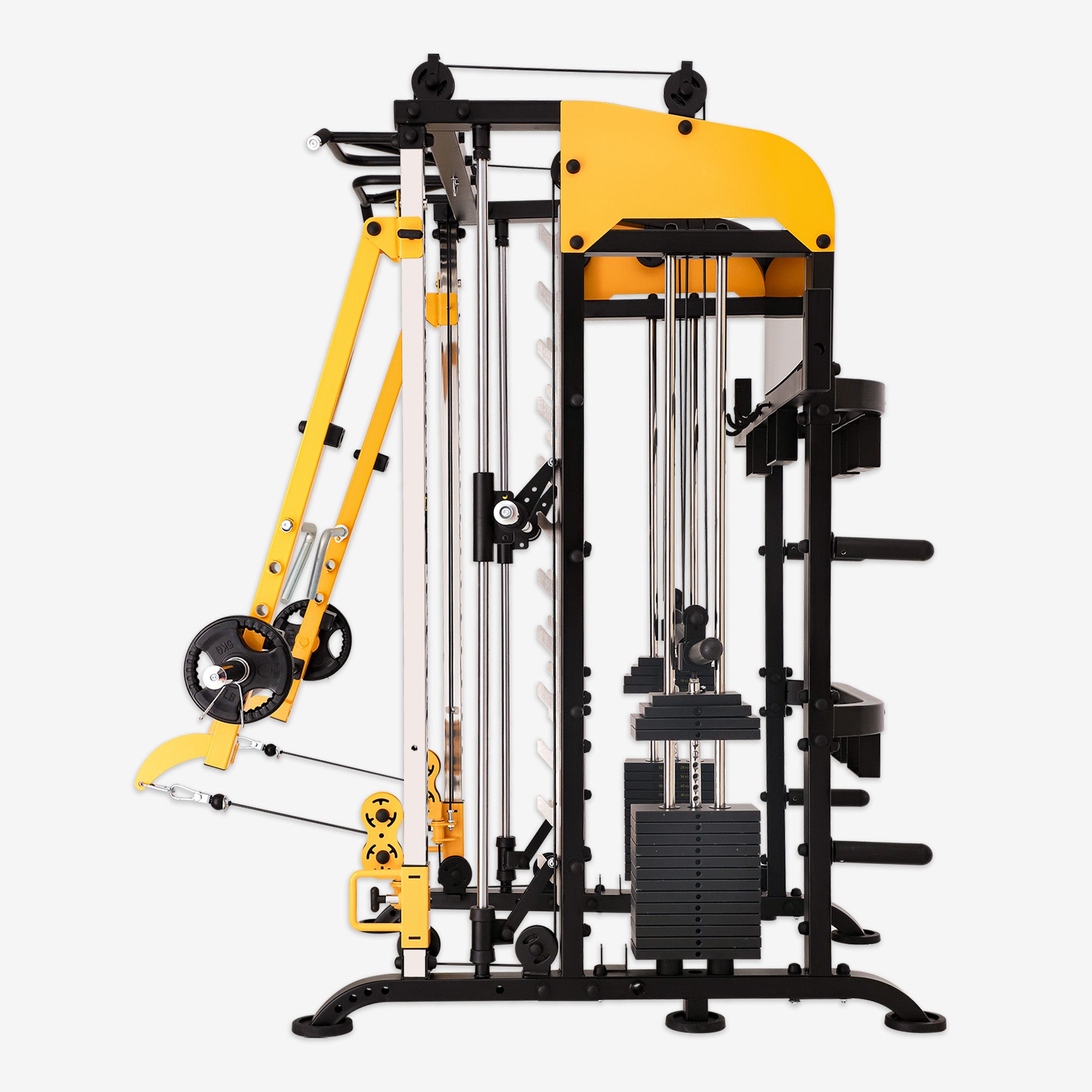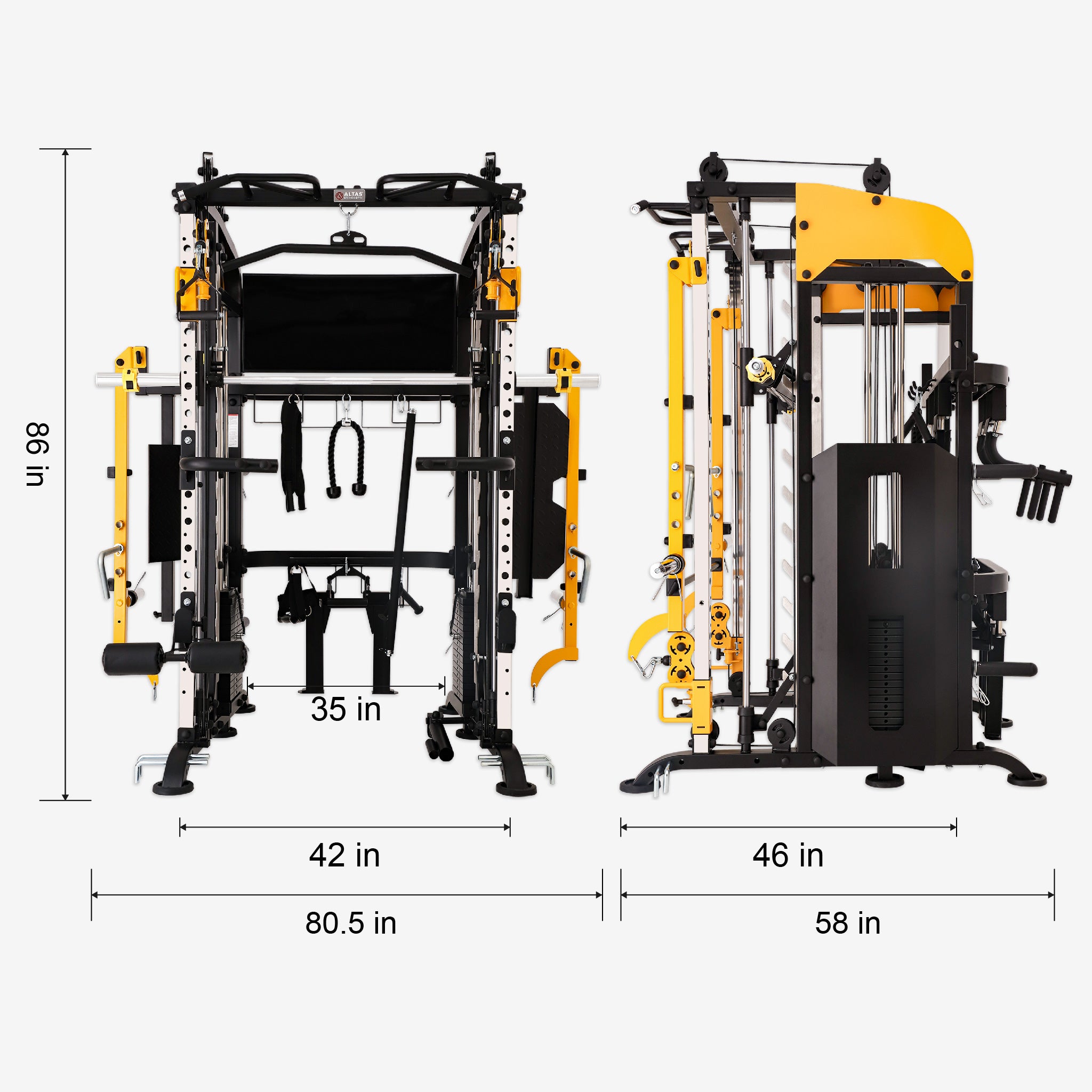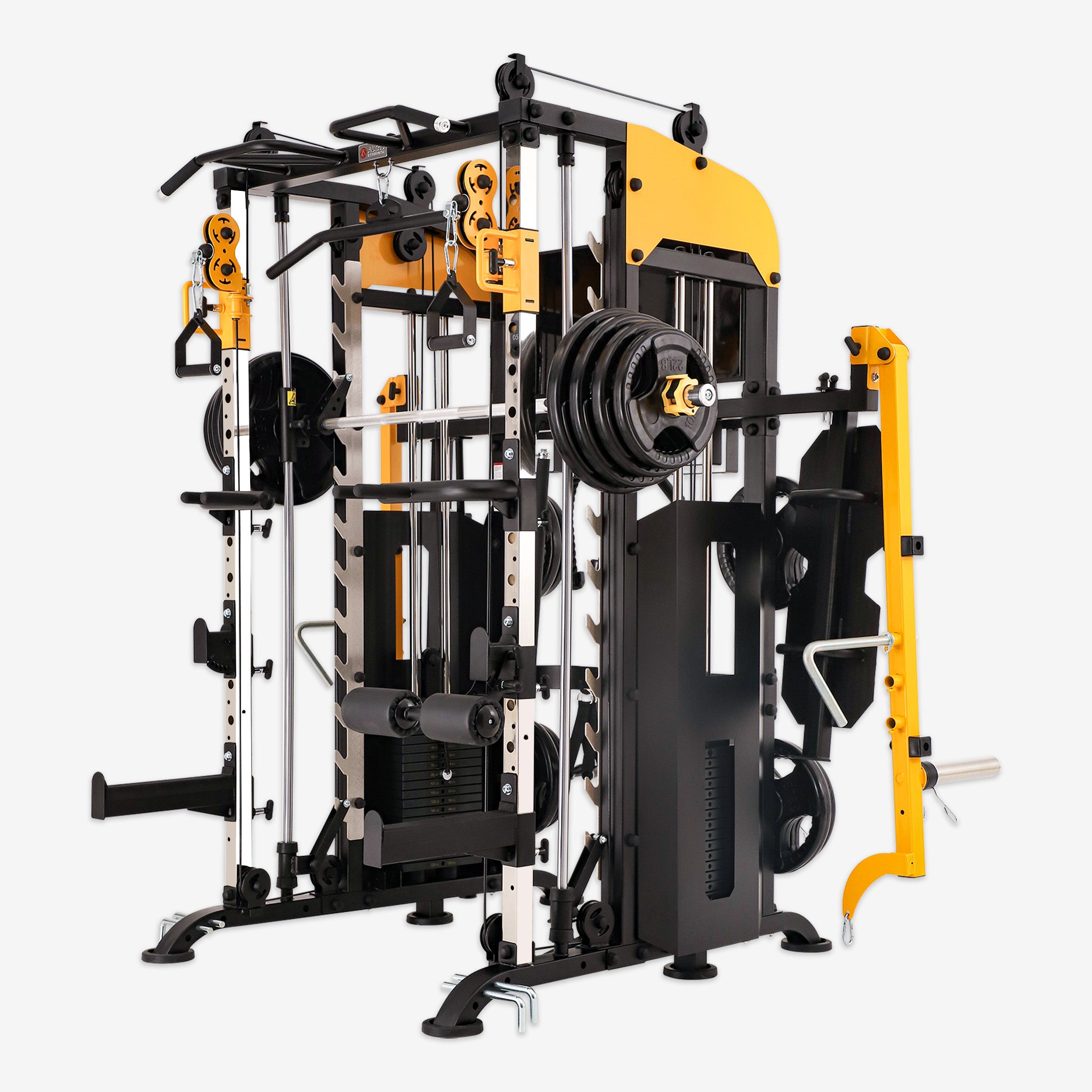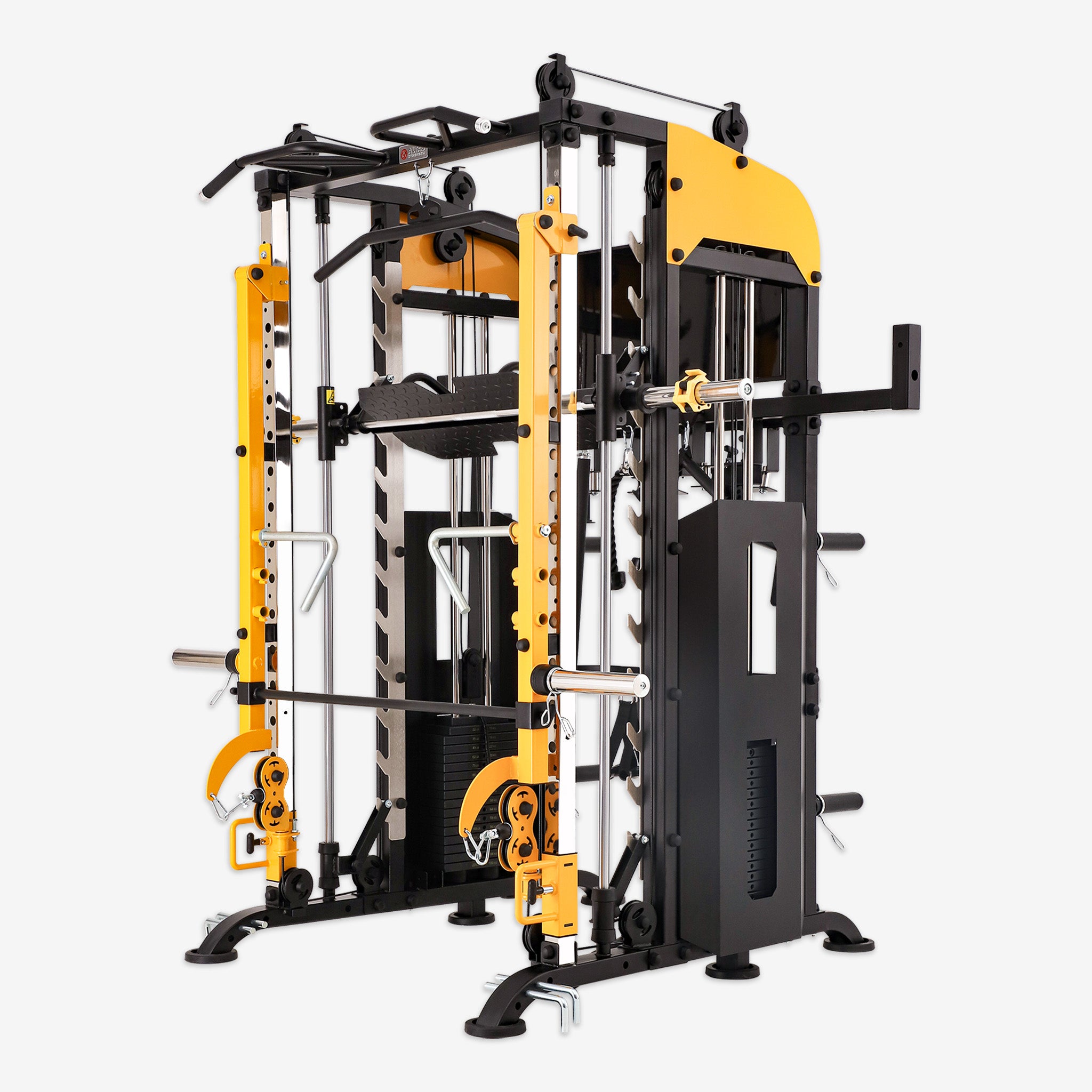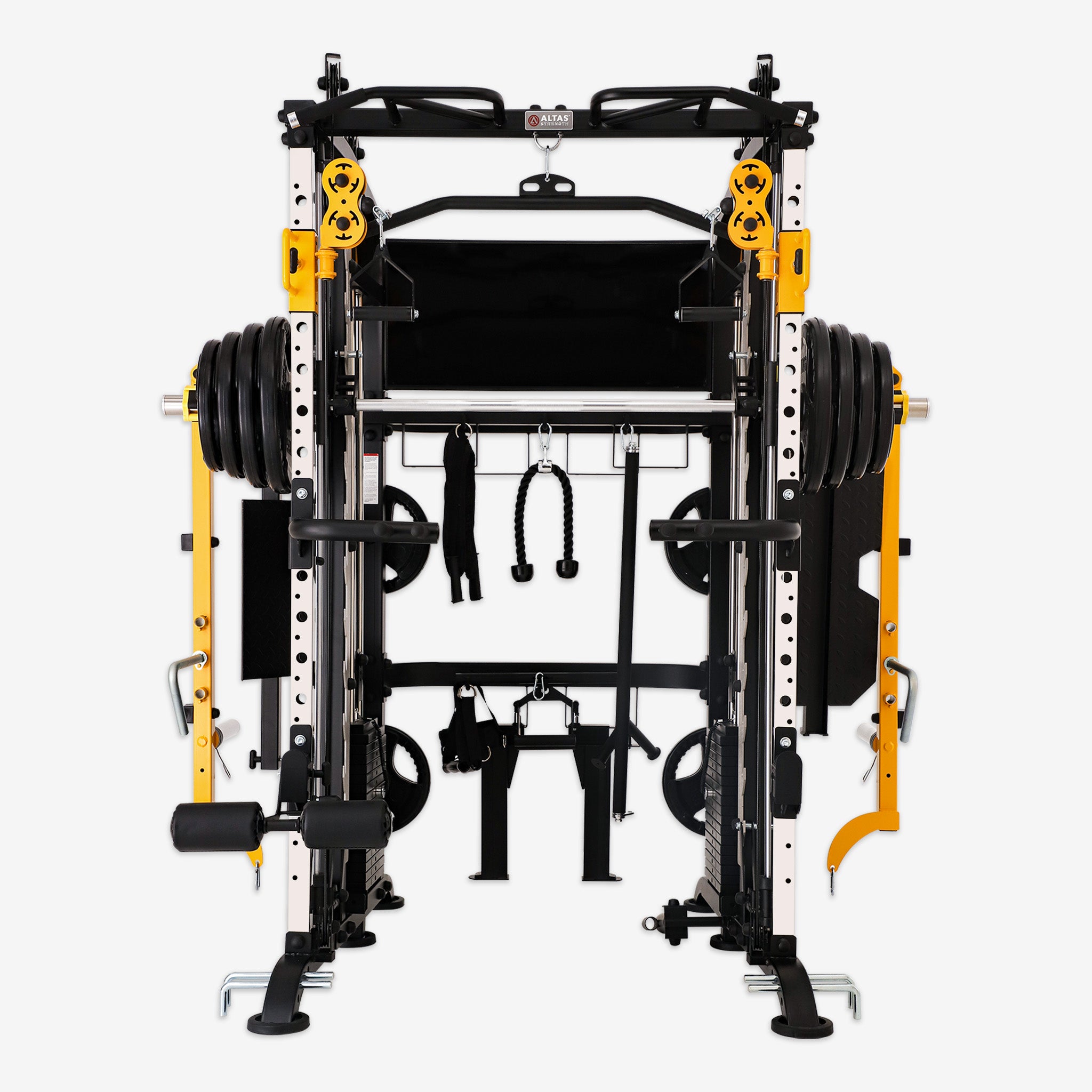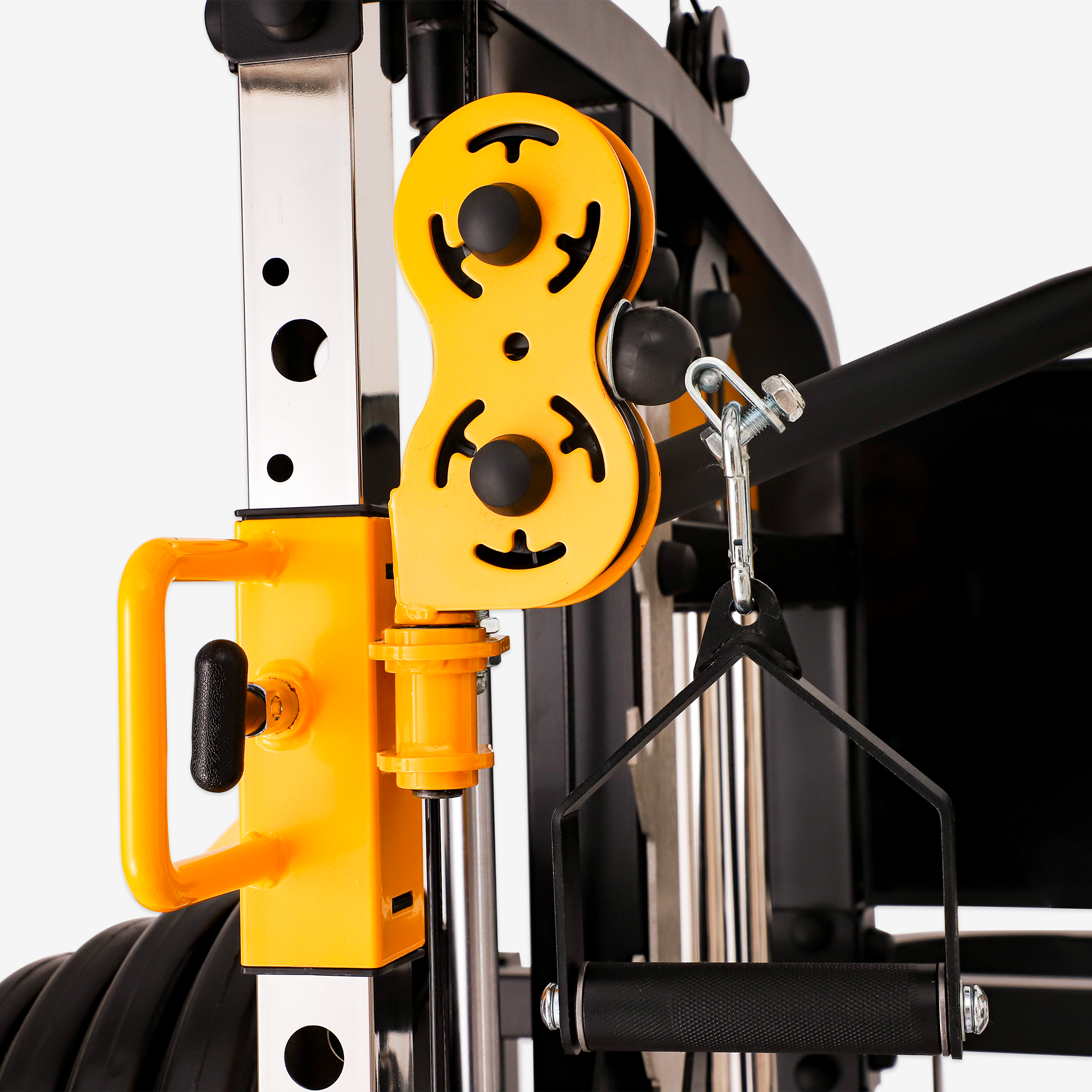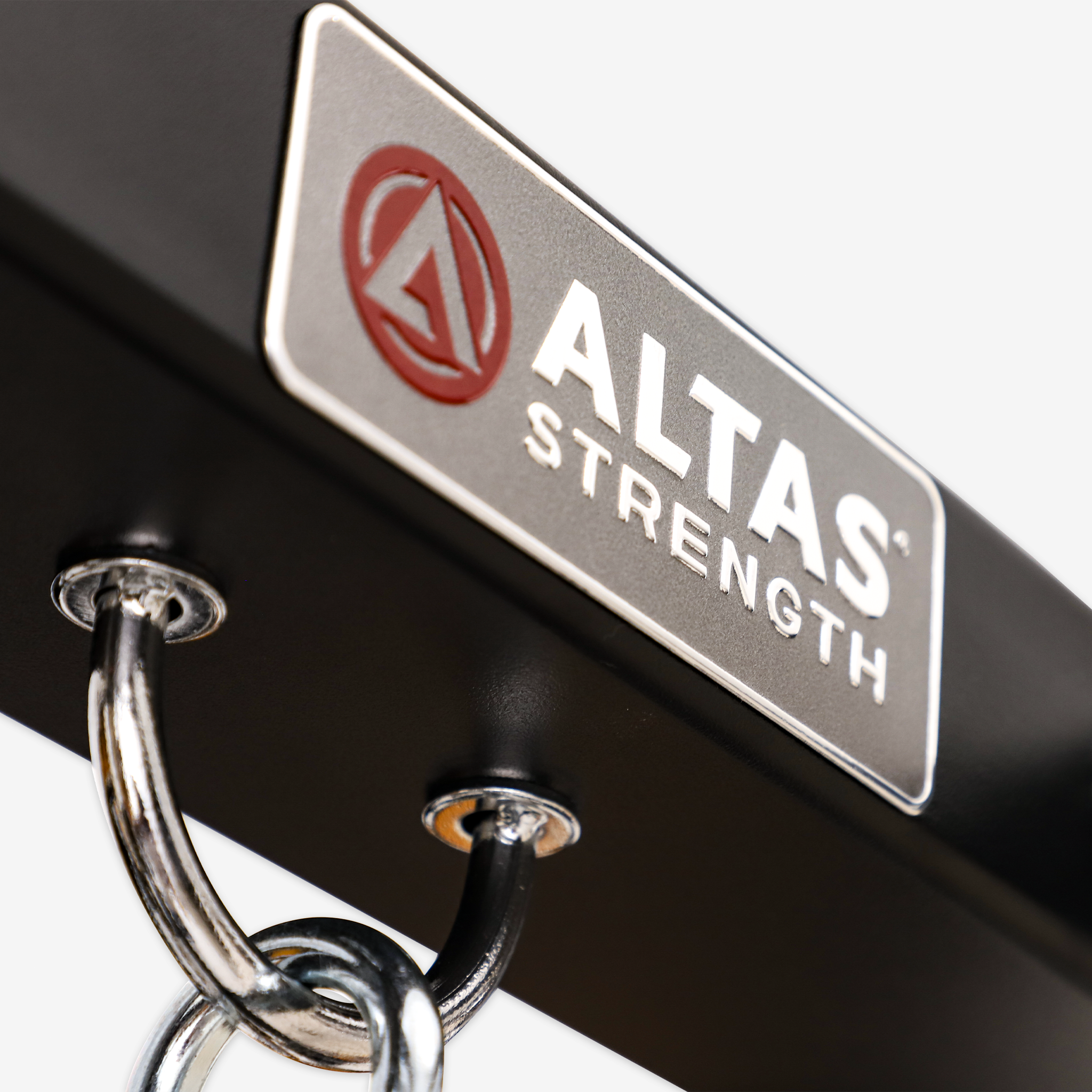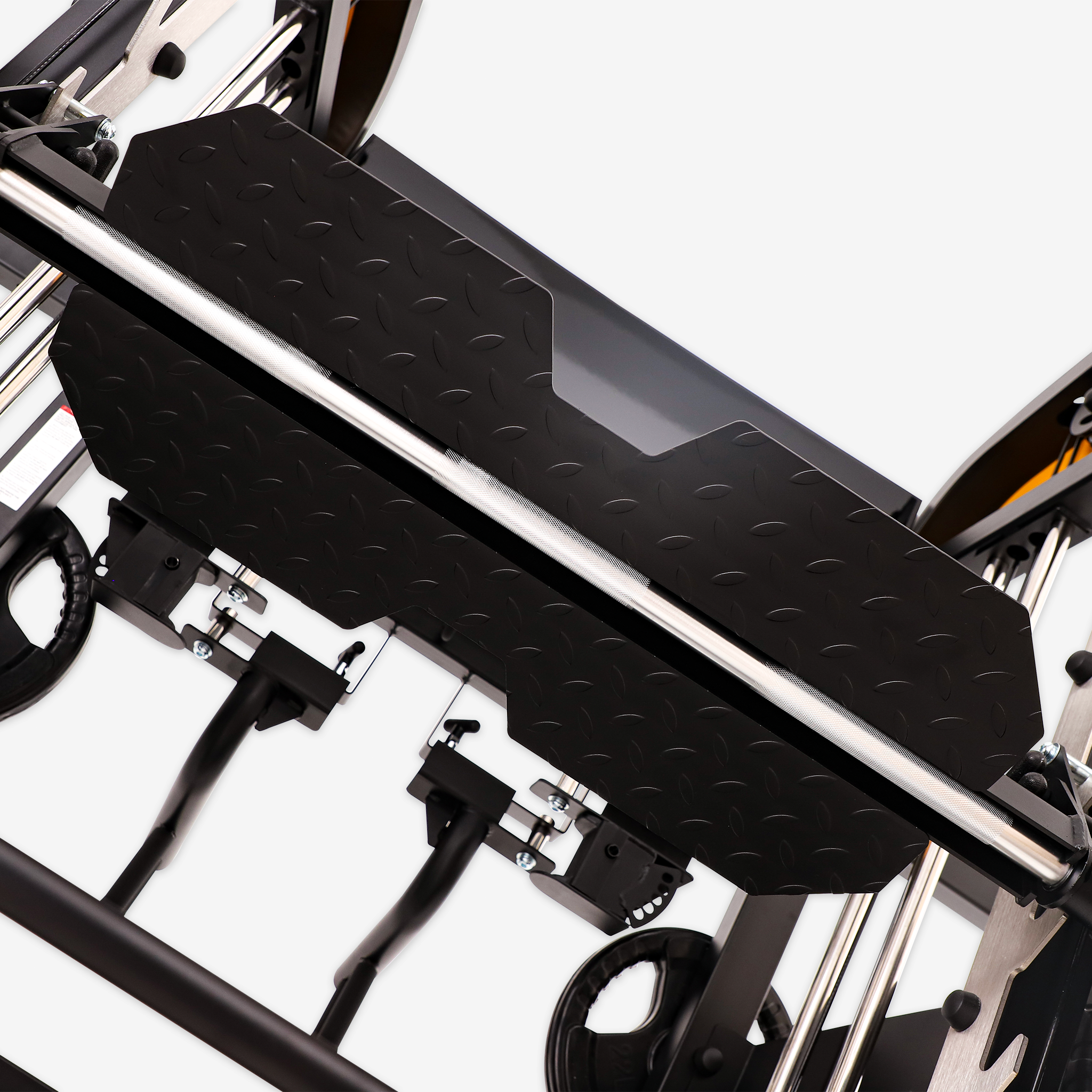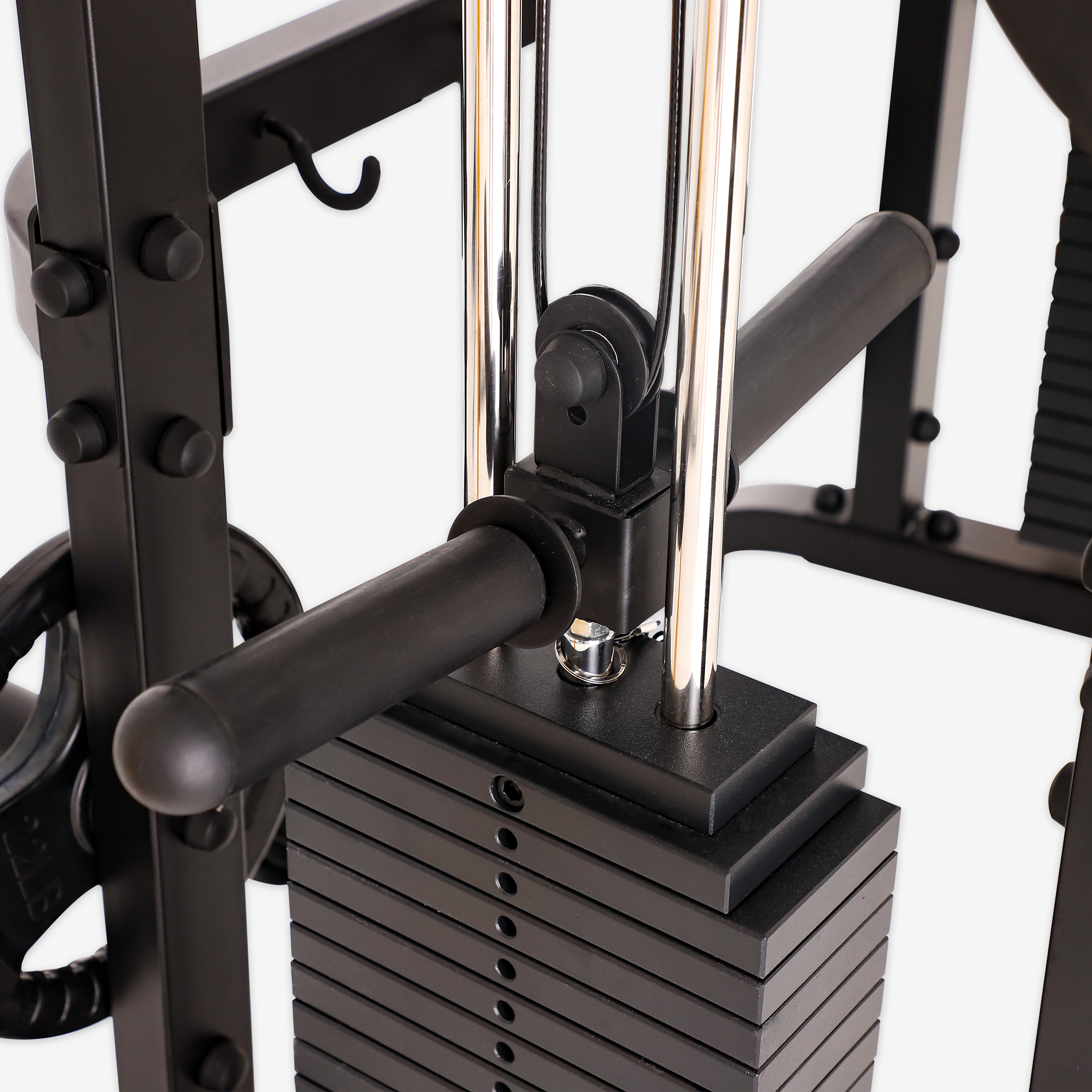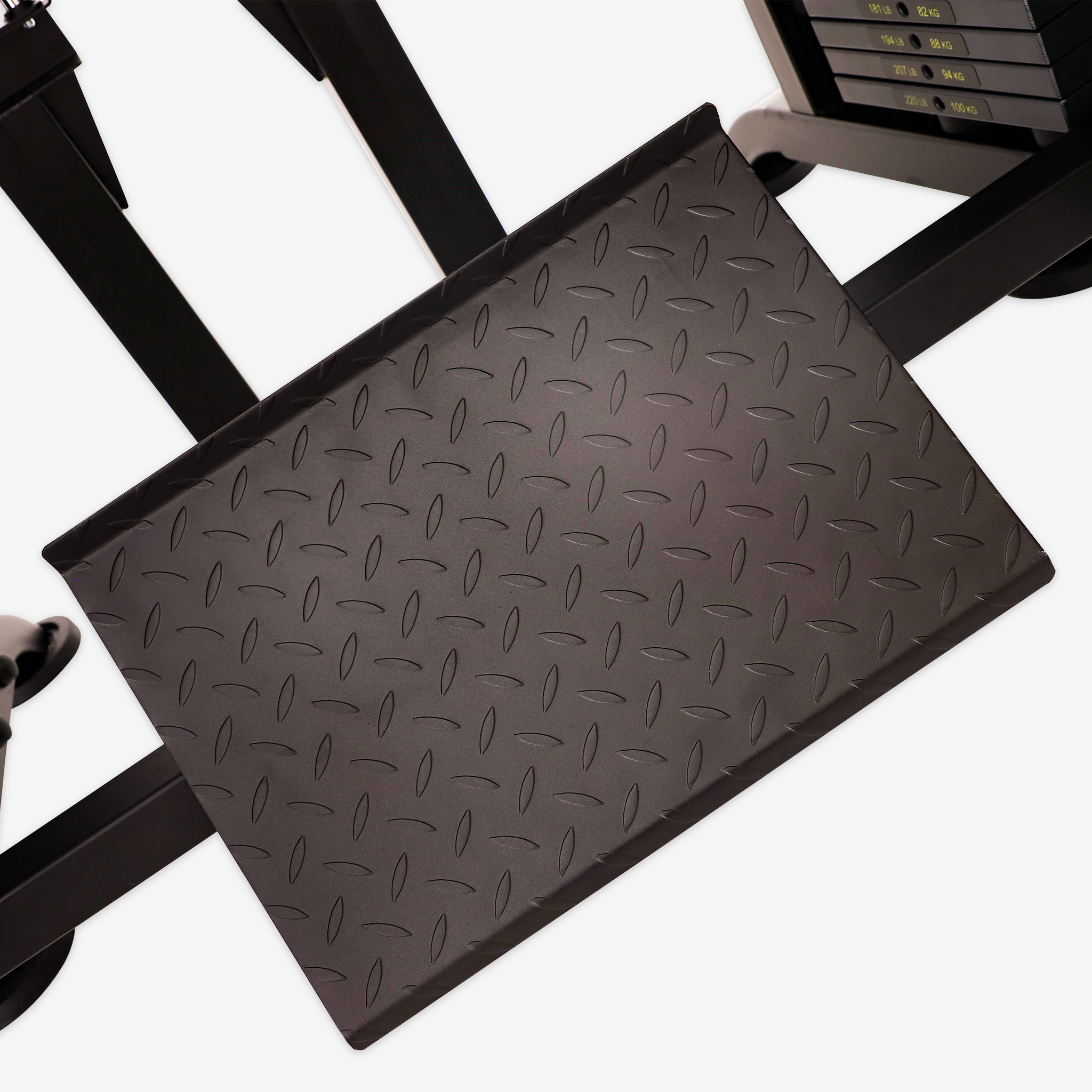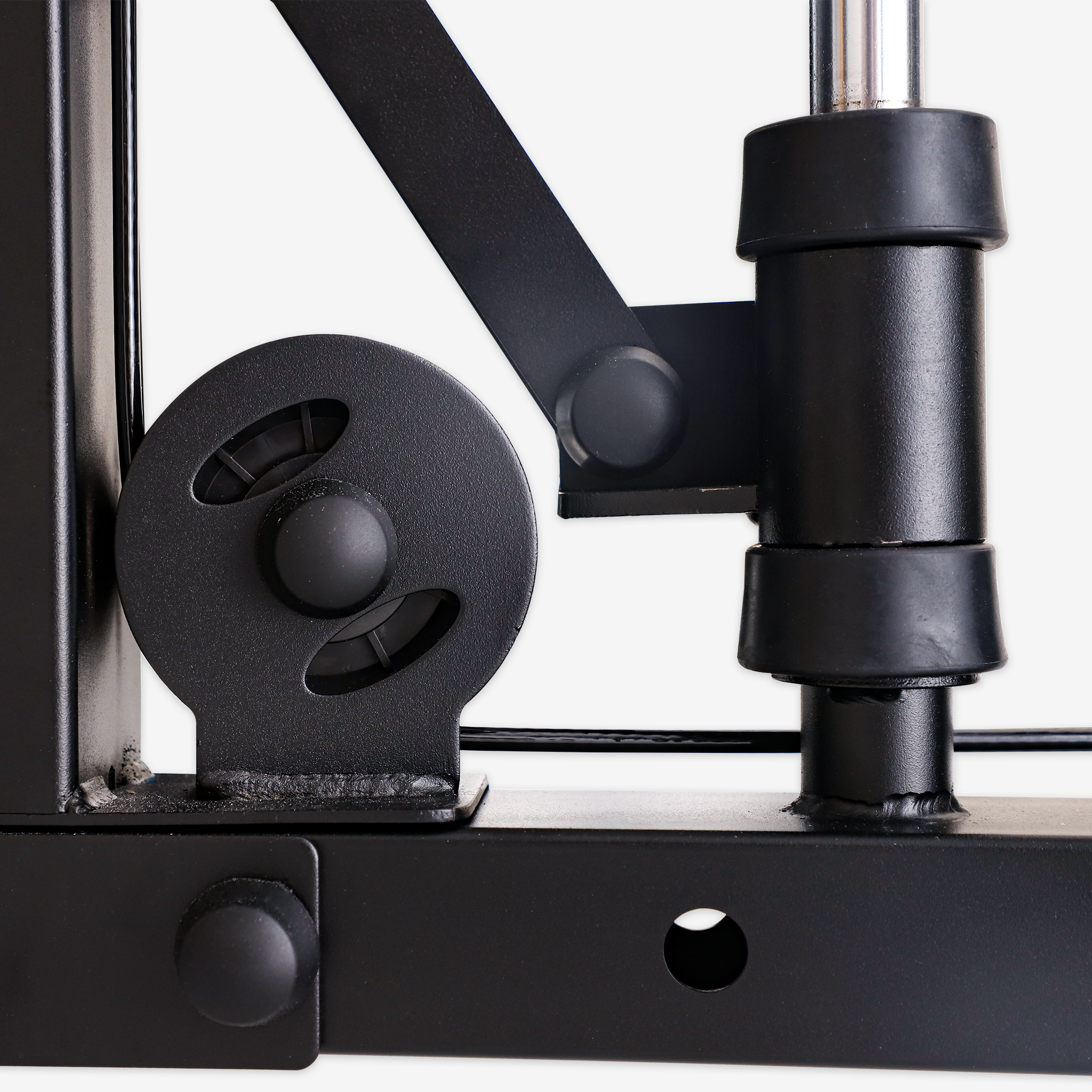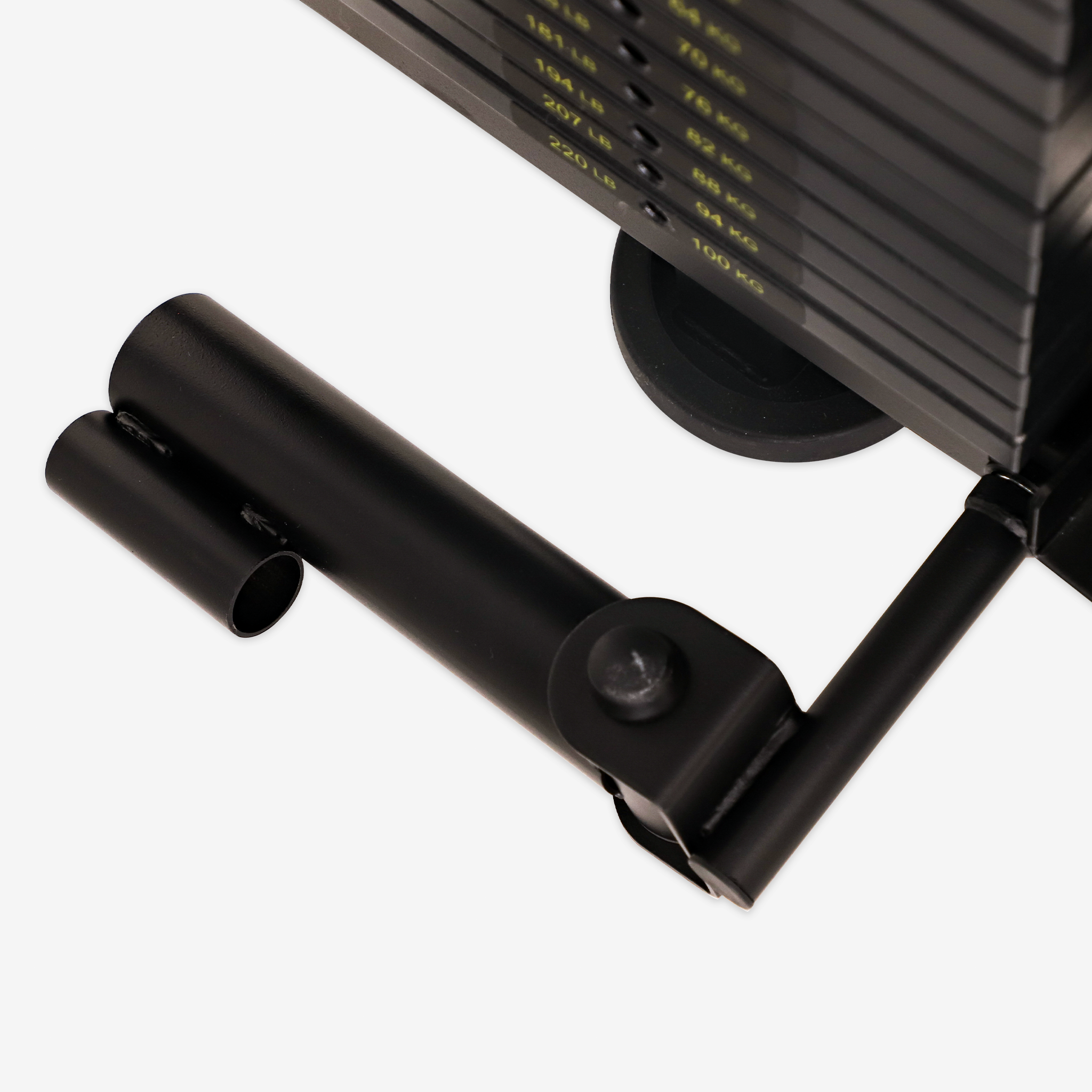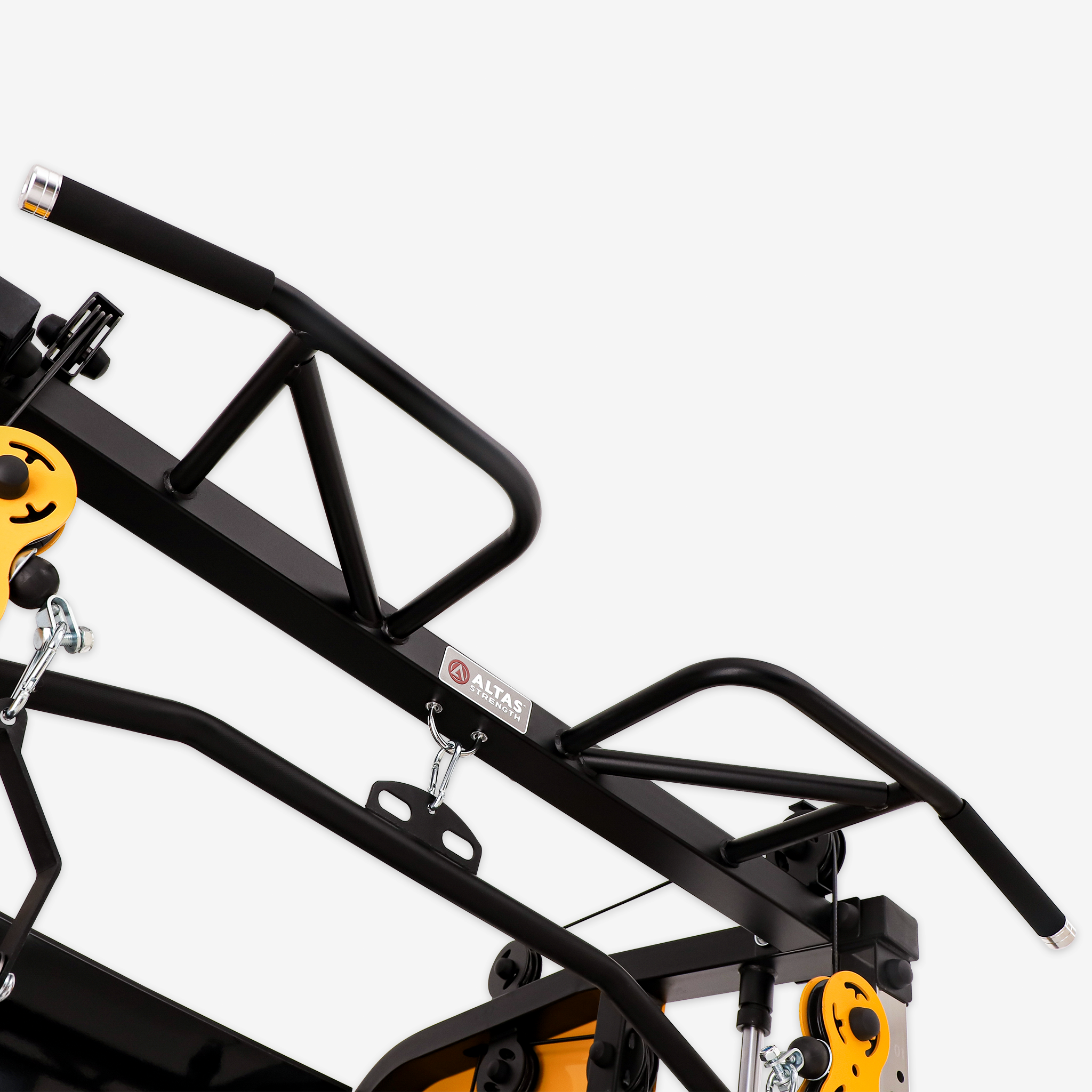If you’re looking to build strong, defined pectoral muscles, incorporating the Smith machine chest press into your workout routine is a must. This high-efficiency exercise allows you to isolate the pectoral muscles more effectively than free weights by providing stability and controlled motion. Here, we will cover how to execute the Smith machine chest press correctly, essential precautions, variations to target different muscle areas, and valuable training tips for optimal results.
1. Introduction to the Smith Machine Chest Press
The Smith machine offers a fixed track, allowing for guided, stable movements. This makes it an excellent option for those who want to reduce strain on stabilizing muscles and focus more on primary muscle engagement. The chest press targets the pectoralis major and can be performed with a higher degree of safety and control compared to traditional bench pressing.
2. Proper Posture
Achieving proper form is critical to maximize the benefits and minimize the risk of injury.
-
Adjust the Machine: Set the bar at a height that aligns with your chest when lying down on the bench.
-
Positioning: Lie back on the bench with feet flat on the floor for stability.
-
Grip Width: Grab the bar with your hands slightly wider than shoulder-width, palms facing forward.
-
Initial Position: Lift the bar from the rack and lower it to your chest, ensuring your elbows form a 90-degree angle.
-
Press: Push the bar upward until your arms are nearly straight but do not lock your elbows.
-
Return: Lower the bar in a controlled motion to maintain tension.
3. Precautions
Safety is paramount when performing the Smith machine chest press.
-
Speed Control: Move in a slow, controlled manner to avoid abrupt or jerky motions.
-
Breathing: Exhale as you push the bar up and inhale as you bring it back down.
-
Weight Selection: Start with a lighter load to learn proper form, then gradually increase as you build strength.
-
Warm-Up: Begin with dynamic stretching and lighter exercises to prepare your muscles and joints.
4. Variations
Adding variations can help target different parts of the chest and promote balanced muscle development.
-
Incline Chest Press: Set the bench to a 15-30 degree incline to emphasize the upper chest.
-
Decline Chest Press: Use a decline bench to better engage the lower pectorals.
-
Close-Grip Chest Press: Place your hands closer than shoulder-width apart to increase the focus on the inner pectorals and triceps.
5. Training Recommendations
To maximize the benefits of your Smith machine chest press routine:
-
Frequency: Aim to include the chest press 2-3 times per week, allowing for adequate muscle recovery.
-
Combine with Other Exercises: Pair the Smith machine chest press with complementary exercises like dumbbell flyes and bench presses for a full chest workout.
-
Progressive Overload: Gradually increase the weight to continue challenging your muscles and spur growth.
-
Track Your Progress: Keep a training log to document weights, reps, and sets, ensuring you adjust your program for continuous improvement.
6. Conclusion
The Smith machine chest press is an effective, safe, and versatile exercise for building pectoral strength and muscle size. With proper form, consistent training, and attention to detail, this movement can be a cornerstone of your chest training program.



